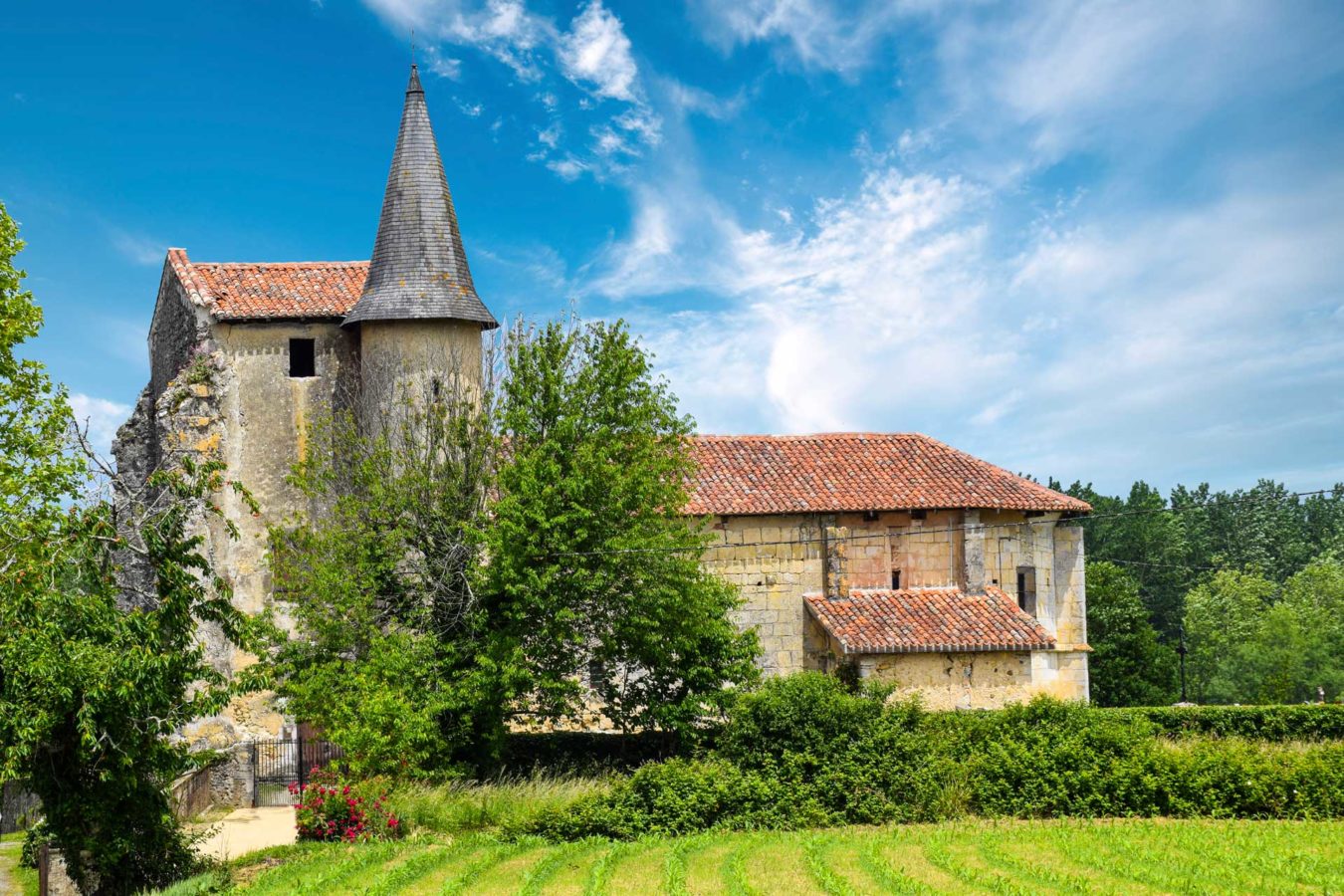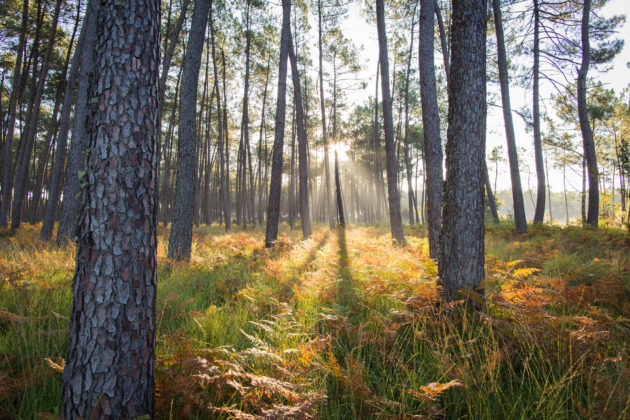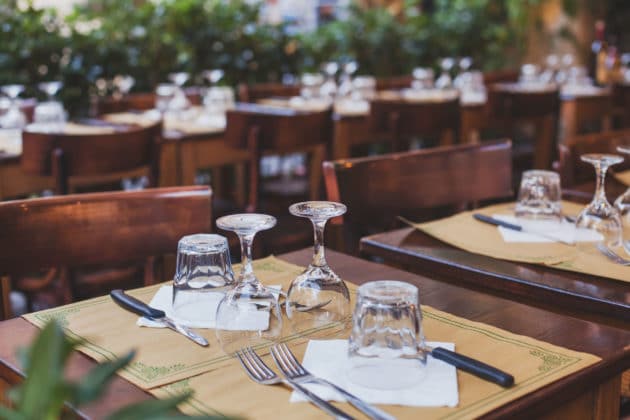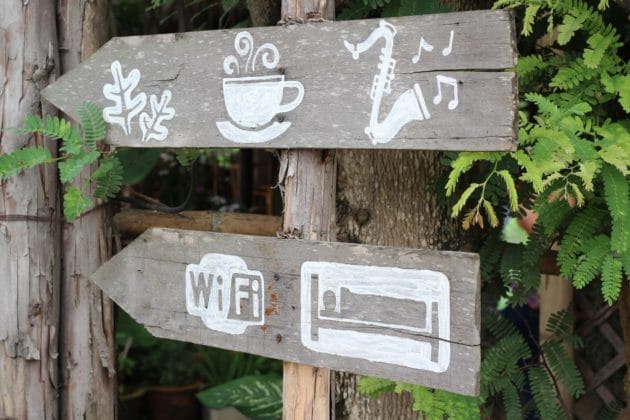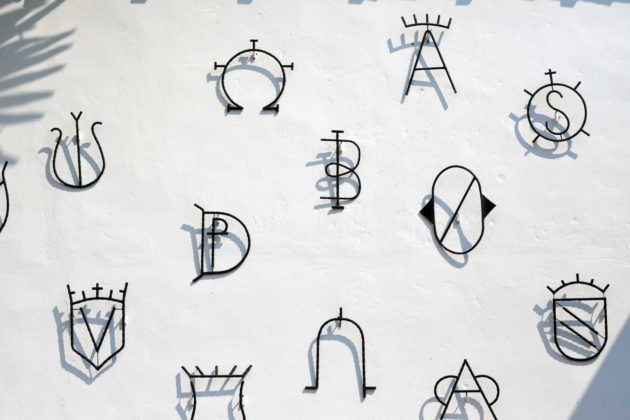It is this part of the country that often makes lost hikers say that Landes is not as flat as one might believe. Its first valleys indicate initial contact with neighbouring Chalosse and a more earth-like Landes.
Plains
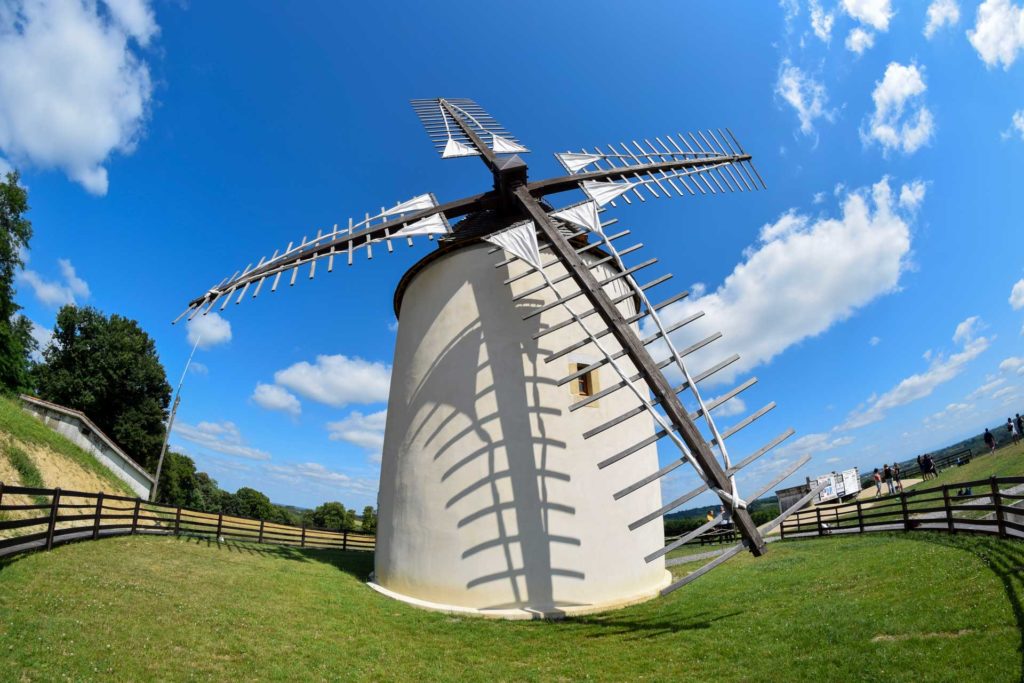
Bénesse-les-Dax
The unusual element of the village is its windmill. This building, erected in the 18th century on a hill, lost its roof and wings in the early twentieth century. During the Second World War, the Germans removed its upper part to prevent the Resistance from using it as an observation site. Today only one tower remains, and only two blocks cut in gray- beige limestone remain from the original construction.
Candresse
The Château de Bret is an old feudal estate. It is built of stone and covered with tiled roofs. It still sports one of its two towers, which originally flanked its main building and served as a place of defence. In the Middle Ages, it had the status of seigniorial château. Today, this old building and its powerful round tower still stand in the middle of the greenery.
Saint Pandelon
At the beginning of the 14th century, its elevation made it a natural location for the construction of a stronghold, which the Bishops of Dax occupied until the Revolution. In the Renaissance, this stronghold was transformed into a country residence, dubbed the “Château Ducros” or the « Château of the Bishops ». It is surrounded by a French garden and contains a permanent collection of 18th century wallpapers.
Heugas
This town is very old, as evidenced by the prehistoric habitat revealed in the 19th century during archaeological excavations. Visited by the Moors in the Middle Ages, this village was then known by the name of Santa Maria de Mores. This stage, known in the 18th century to Compostela pilgrims, in the next century became an economically active village with dry goods, sawmills and flour mills.
Siest
Siest is a peaceful village in the hinterland of Acquires, facing the Pyrenean foothills. In the 12th century, a feudal estate was built here, of which only the hexagonal tower remains, along with the right side of the façade. This former feudal estate, now called the “Château de La Salle”, still displays its mullioned windows over three levels and especially its entrance decorated with three pine cones.
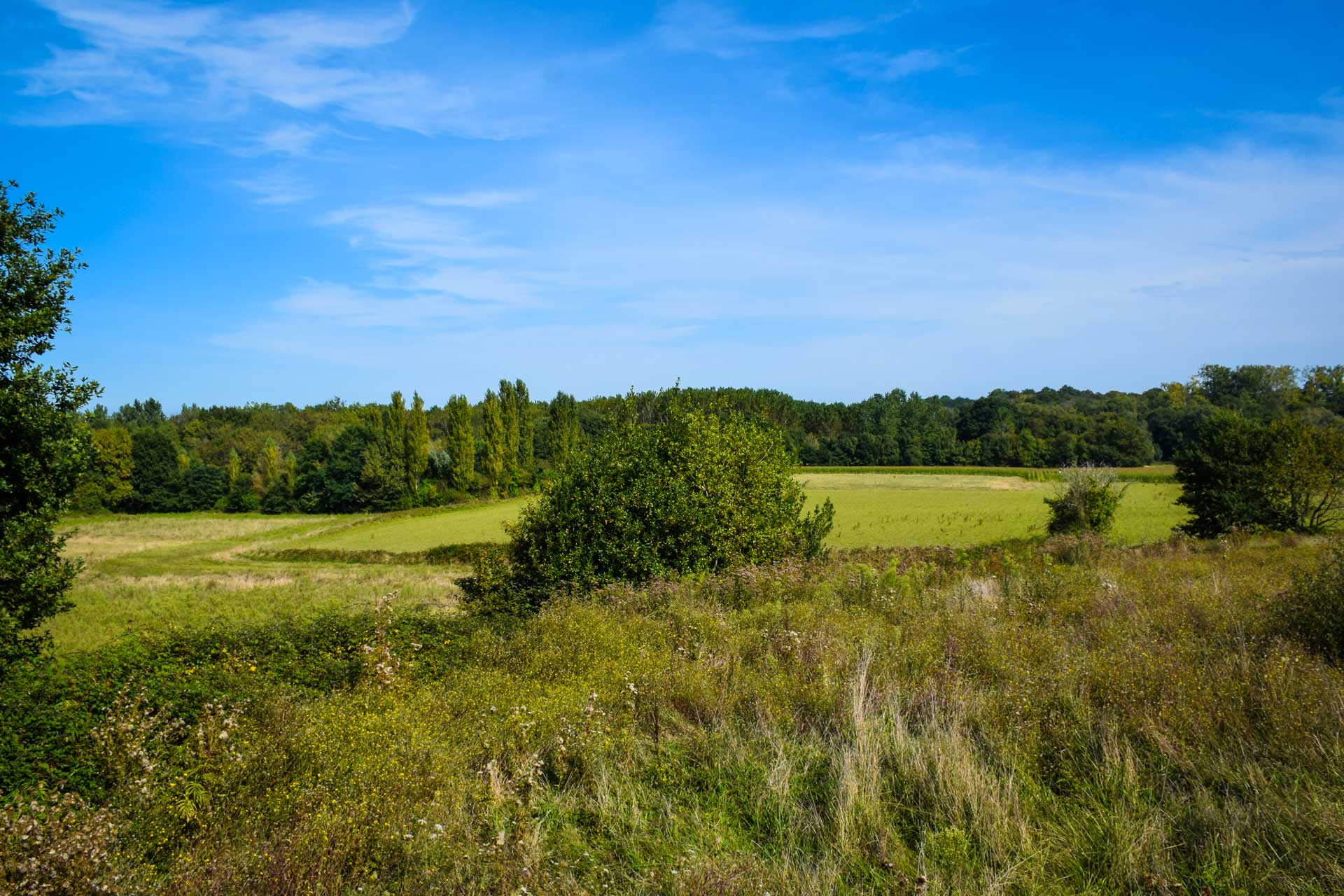
View from Siest

